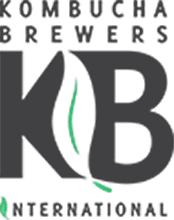Antifungal activity of kombucha tea against human pathogenic fungi
Authors:
ARI YUNIARTO, KUSNANDAR ANGGADIREDJA, RIANA ANNISA NUR, AQIDAH
Abstract:
Objective: In general, infectious diseases are still known as a major contributor to the number of morbidity and mortality worldwide besides other diseases. Infections are ordinarily caused by viruses, bacteria, and fungi. Several human pathogenic fungi involving Aspergillus flavus, Candida albicans and Microsporum gypseum have responsible for infectious diseases. The objective of the research was to evaluate the antifungal activity of kombucha tea against human pathogenic fungi such as A. flavus, C. albicans, and M. gypseum. Methods: The antifungal activity of the kombucha tea against A. flavus, C. albicans, and M. gypseum were tested by disc diffusion method with duration of fermentation in 6, 12, and 18 days. Results: Based on the present study, the inhibitory diameter of A. flavus, C. albicans, and M. gypseum are 16.83, 15.36, and 25.06 mm, respectively. The inhibitory diameter was obtained from kombucha tea activity with the duration of fermentation in 6 days. Conclusion: The results provide support for the use of kombucha tea as a potential antifungal source against human pathogenic fungi involving A. flavus, C. albicans, and M. gypseum.
Country: Indonesia
Citation: Asian J Pharm Clin Res, Vol 9, Issue 5, 2016, 253-255
Study Mailing Address:
School of Pharmacy, Bandung Institute of Technology (ITB), Jl. Ganeca 10, Bandung, West Java, Indonesia
Date Updated: February 28, 2020
 0 people like this study.
0 people like this study.